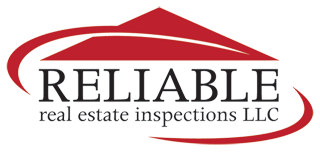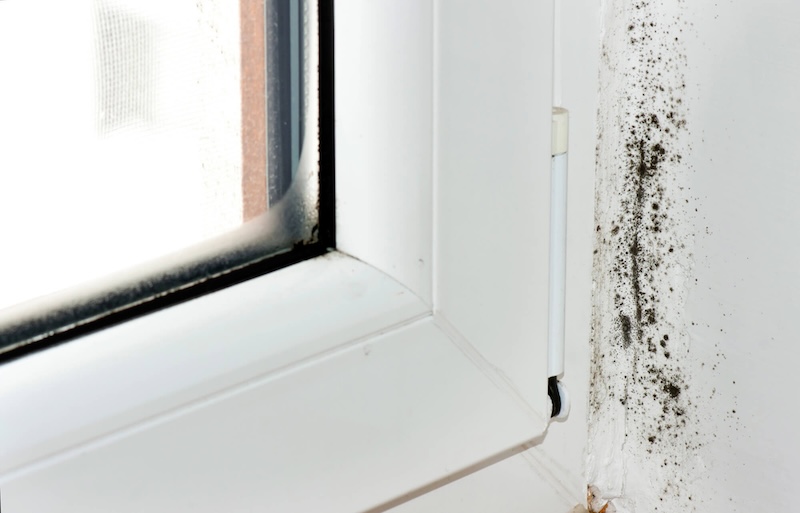Mold is a hidden problem that could quickly become a major headache for homeowners. It thrives in damp, warm environments and spreads easily, often without being immediately noticed. Once it takes hold, mold may affect indoor air quality, cause unpleasant odors, and even lead to health concerns such as allergies, respiratory issues, or skin irritation. That’s why it’s so important to prevent mold growth before it becomes an issue.
When left unchecked, mold doesn’t just affect health. It could cause damage to your home’s structure, discolor walls and ceilings, and lower property value. Preventing mold growth is much easier and far less expensive than trying to remove it once it spreads. By taking proactive steps now, you will protect both your family’s well-being and your investment.
How Moisture Control Helps Prevent Mold Growth
Excess moisture is the single most significant factor contributing to mold. Moisture provides the perfect breeding ground, whether it’s a leaky pipe, poor ventilation, or high indoor humidity. To prevent mold growth, homeowners should control dampness throughout the house. Bathrooms, kitchens, and basements are the most common problem areas. Using exhaust fans, running dehumidifiers, and fixing leaks quickly are effective ways to keep these spaces dry. Even minor issues, like condensation on windows or water stains on ceilings, could be early warning signs that moisture is present. By addressing these promptly, you greatly reduce the chance that mold will take hold.
Proper Ventilation and Airflow are Essential
Proper airflow plays a huge role in keeping a home mold-free. When air becomes stagnant, humidity levels rise, creating the damp environment mold loves. To prevent mold growth, make sure your home is well-ventilated. Open windows when weather allows, use ceiling fans, and ensure that vents and air returns aren’t blocked. Attics and crawl spaces are often overlooked, but they also need adequate airflow. Poor ventilation in these areas could cause mold to spread unseen, eventually leading to larger problems throughout the house. Keeping air moving helps maintain a balanced environment where mold struggles to survive.
Cleaning Habits That Prevent Mold Growth
Routine cleaning is another simple way to prevent mold. Dust, dirt, and organic material provide food for mold spores, giving them more opportunity to thrive. Regularly wiping down surfaces, scrubbing tile grout, and vacuuming with a HEPA filter will all make a difference. Pay special attention to areas that frequently get damp, such as shower curtains, under sinks, and around washing machines. Using mold-resistant cleaning products could help discourage spore development. Keeping surfaces clean and dry makes your home much less inviting for mold.
When to Call a Professional
Sometimes, despite best efforts, mold still appears. Household cleaners can often handle small spots, but widespread growth or recurring issues require professional attention. Experts have the tools to identify hidden mold, measure indoor air quality, and provide remediation services that go beyond surface cleaning. If you’ve experienced flooding, notice a persistent musty odor, or see mold spreading across large areas, it’s best to bring in help. Professional services remove existing mold and provide solutions to prevent mold growth from coming back.
Long-Term Strategies to Prevent Mold Growth
Preventing mold requires a long-term approach. Smart strategies include using mold-resistant paint in high-moisture areas, investing in a whole-home dehumidifier, and maintaining your HVAC system. Regular home inspections, especially in basements, attics, and crawl spaces, will catch issues before they become full-blown. Homeowners who stay proactive often find that preventing mold growth becomes a routine part of home maintenance, much like cleaning gutters or changing air filters. Over time, these small efforts add up to a healthier, safer home.
FAQs
What causes mold to grow in homes?
Mold grows when excess moisture, warmth, and organic material are present. The most common causes are leaks, high humidity, and poor ventilation.
How can I tell if I already have mold?
Visible black, green, or white patches are common signs. A persistent musty smell could also indicate hidden mold behind walls or under flooring.
Can I remove mold myself?
Small areas can often be cleaned with household products, but professionals should handle larger infestations or recurring mold.
How often should I check my home for mold?
It is a good idea to inspect high-risk areas such as bathrooms, basements, and attics every few months and always after leaks or flooding.
Does preventing mold growth improve air quality?
Yes. Mold spores circulate in the air and could trigger allergies or breathing issues. By preventing mold growth, you help maintain cleaner, healthier indoor air.
Reliable Real Estate Inspections, LLC provides inspections to customers in Hilton Head and the surrounding areas. Contact us to request our services.

